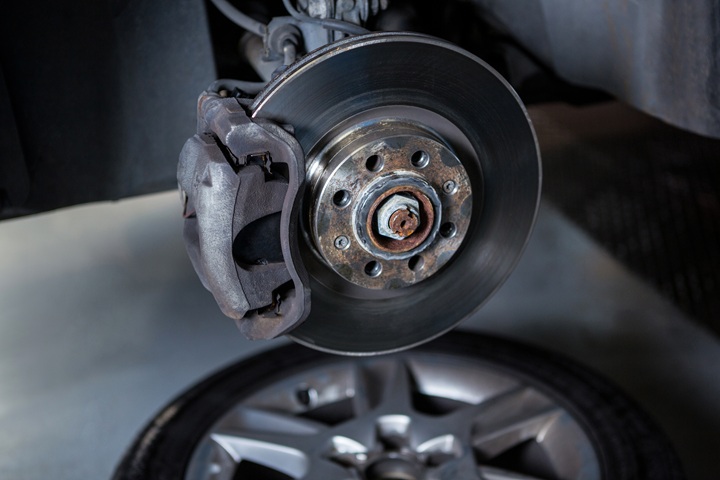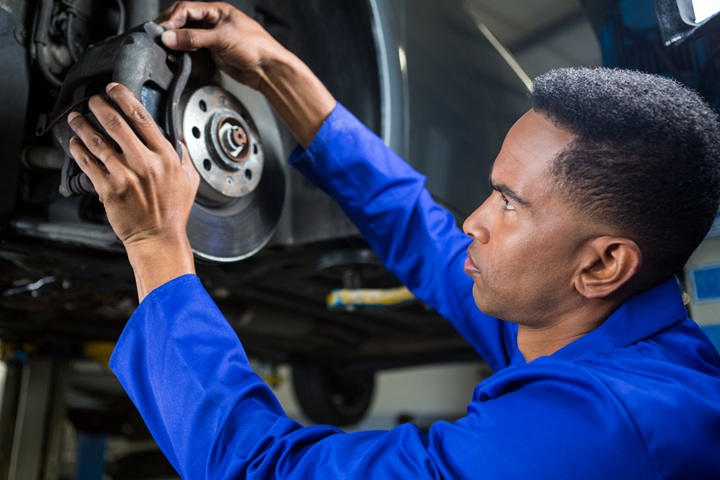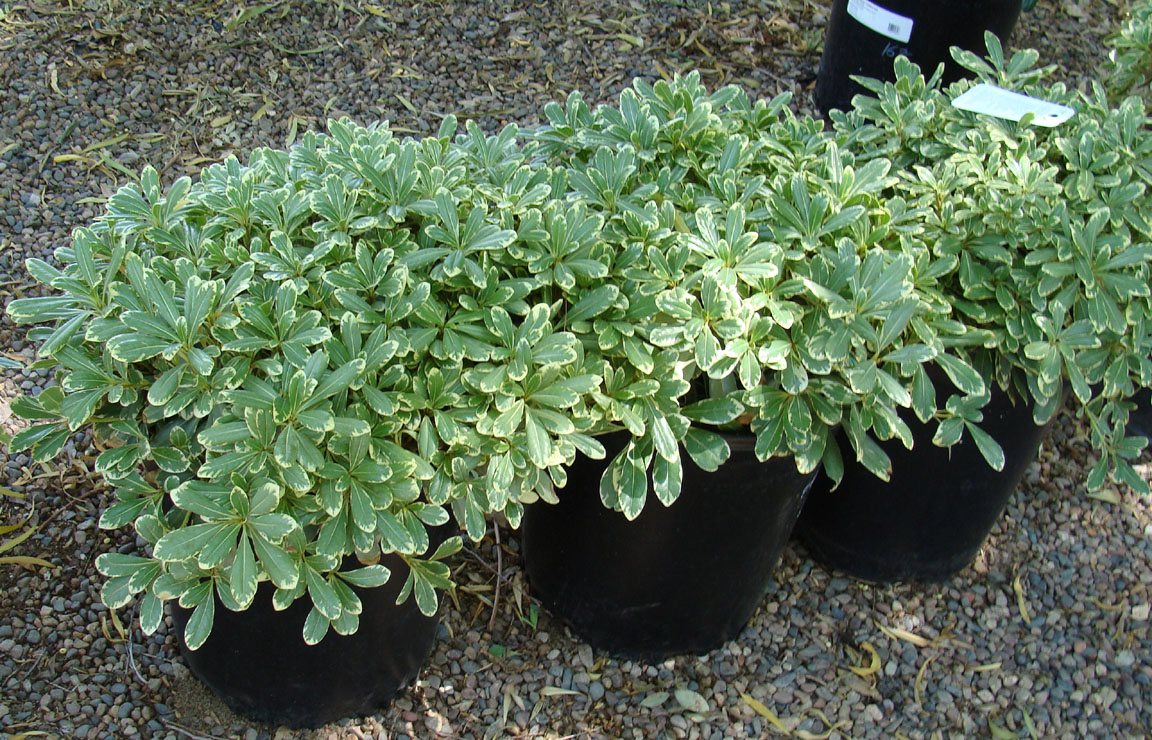Car Maintenance: The Importance of Brake Pads in Safe Driving
There’s no denying that regular car maintenance improves overall safety and helps increase performance. Apart from regular fluid and filter changes, or checking on battery charge, every driver should also know whether their brakes are up to scratch. These are the single most important safety components to get the car to a safe stop or slow down. Yearly inspections will rule out potential accidents and catch common braking system symptoms like vibrations, screeching noises and longer braking distances on time before the parts completely fail.
Production cars are mostly fitted with disc brakes, with different parts working together to help drivers stop or make necessary maneuvers. This happens when brake fluid from the master and slave cylinders is pressurised to engage calliper pistons and push the responsive car brake pad against the rotor. The friction created between pads and rotors slows the vehicle down. Related vehicle systems, such as the ABS, traction control and hill descent, also work together with the brakes to increase safety in varied driving and weather conditions.
While rotors are rated for 80,000 kilometres or more, and cylinders and callipers, pistons and fluid cylinders generally last the lifespan of the vehicle, it’s the intense friction and heat in the pads that wear down these parts sooner than later. Pads need to be inspected in yearly servicing intervals and replaced every two years or roughly 50,000 kilometres. Drivers can choose OE replacement brake pads that offer the same stopping power, pedal actuation and braking performance as the parts when new, or choose from third-party manufacturers in a variety of friction materials and different performance characteristics.
Why Driving With Worn Brake Pads Is Outright Dangerous

Worn pads not only risk your and the safety of others, they also cause advanced wear in other parts. Pads that have ground down to the metal backing plates increase wear on the rotors, causing uneven surface damage or warping and leading to even longer braking distances. And what can be an easy and affordable repair job with new pads can easily turn out to cost thousands when also replacing the discs.
More worrying is that glazed pads require more work to stop the car. And this can be an accident waiting to happen, especially in cases where you need to brake abruptly and hard. The longer stopping distances and slower actuation risk accidents and high repair bills. Related is that once the wear transfers as vibrations through the wheels and steering, driver control is also compromised. This can also be seen as uneven tyre wear, again reducing handling and control and creating a dangerous driving environment.
Signs of Worn Car Brake Pads
Before the worst comes to worst, the pads and braking system will warn you that something isn’t right. This comes on gradually, leaving time for repairs or replacements. Common signs of wear and damage include:
- Grinding and screeching noises when applying the brake pedal – Worn friction materials expose the metal backing in the pads and it’s this that causes grinding and screeching noises when in contact with the rotors. Coming to a safe stop will take longer, and you also risk damaging the rotors.
- Slow response times – Worn pads lose their ability to stop the vehicle on time. You’ll experience longer braking distances or changes to pedal feel, with spongy or soft pedals the most common outcome.
- Vibrations – juddering wheels and steering wheel shake point to misaligned or completely worn pads.
- Car pulling left or right – if you’ve been neglecting noises or braking performance longer, the uneven wear in tyres also means misaligned steering, something that is more evident at higher speeds.
- Brake light warning – a clear giveaway that your vehicle requires a visit to the mechanic is the brake warning light in the instrument cluster. Most cars also have separate warning lights for worn pads and issues with the ABS.
Choosing Replacements

Brake pad material is the biggest factor that determines stopping performance, how pads perform in different weather and road conditions, and with durability, how long they last. With this in mind, drivers can also get pads that stop the car faster, reduce wear in other brake components and require fewer replacements. Common choices are organic, semi-metallic and ceramic brake pads.
Organic or non-metallic pads are usually what your car comes with when new. They consist of a mixture of fibres, glass, rubber, silica and in more expensive variants, Kevlar, bonded by a resin. This the the most affordable and quietest car brake pad option, being easier on the rotors. However, they also wear out faster, and have decent (but not spectacular actuation) while lining the wheels with considerable brake pad dust if you’re harder on the pedal. Choose these for their lower price and acceptable performance in everyday driving.
Semi-metallic and sintered options are a mix of different metal fibres, including copper, iron and steel, with composite materials adding strength. Metallic fibres and compounds are bonded together by resin or graphite. Both types get more bite into the rotors for faster actuation and high brake force, leading to quicker deceleration and more control that comes with better heat resistance.
Semi-metallic brake pads come as standard gear in some production performance cars, are generally quieter than sintered types and cause less rotor wear. They’re better in colder weather by warming up faster, but lack the overall braking force or all-around weather performance and durability of sintered pads.
Choose semi-metallic types for considerably better braking than stock organic pads, but also keep an eye on rotor wear. Or spend a few dollars more on sintered pads from established brake pads for the best braking performance at acceptable prices. Both types are suitable for a mix of street and track driving.
The last and most recent option is ceramic pads. These are reserved for high-end performance vehicles, largely due to their cost. Ceramic pads excel in high-heat environments when braking from extreme speeds, causing no or minimal wear to discs, no brake dust and with hard-wearing ceramic fibres and filler materials, the least wear.
They do have their drawbacks, though. Ceramic types need more time to warm up, but last twice as long as semi-metallic or sintered types, outmatch organic pads for silent operation, and have the best brake feel and actuation of any brake pad. Choose these for their low wear in general driving or extreme track work in vehicles with prices and performance to match.







